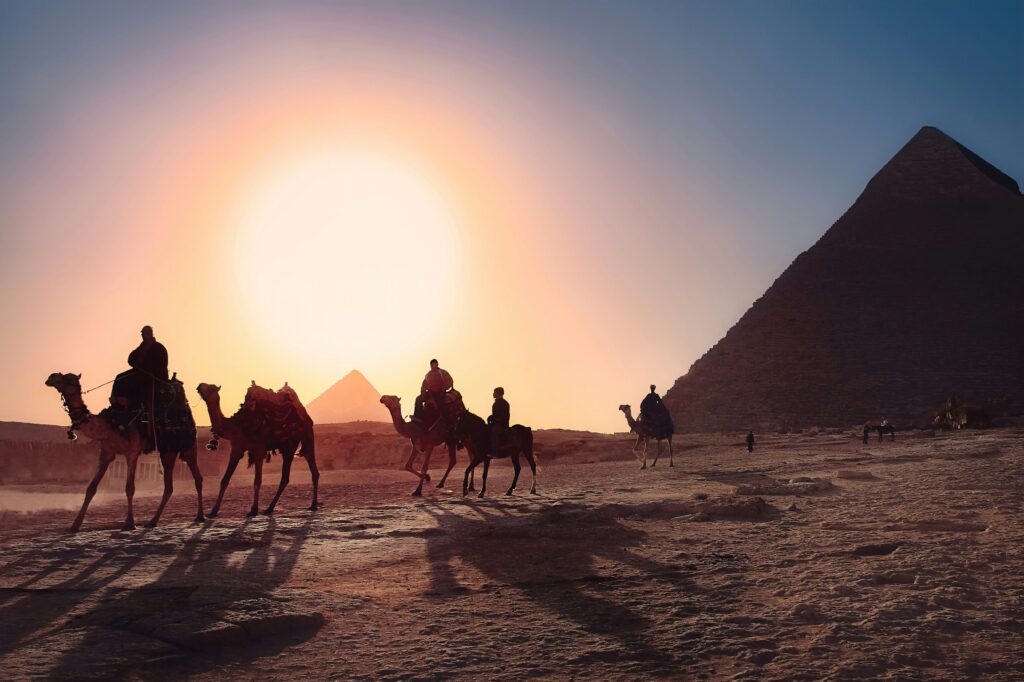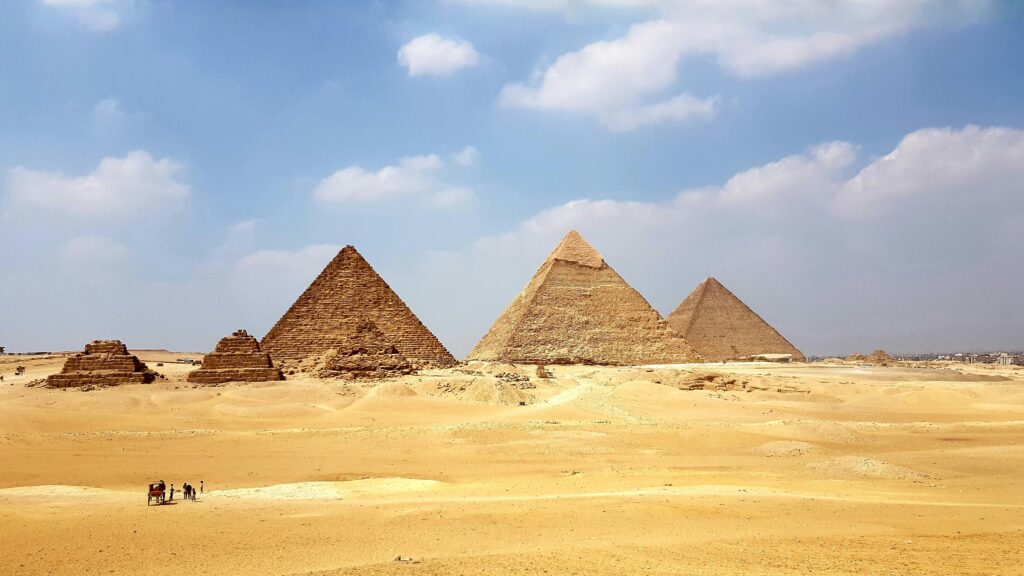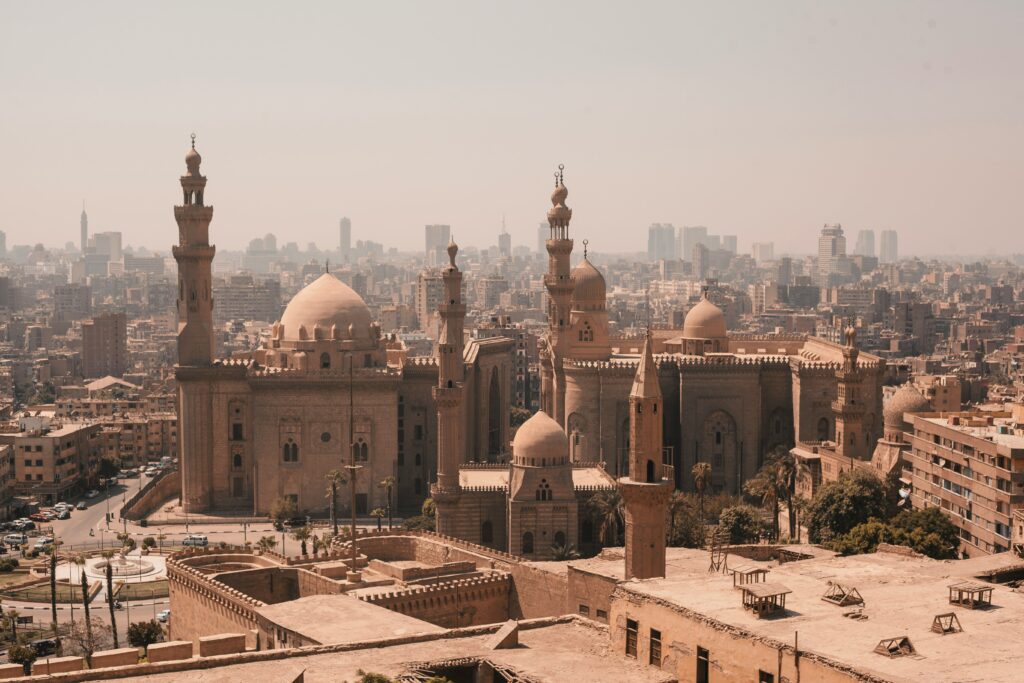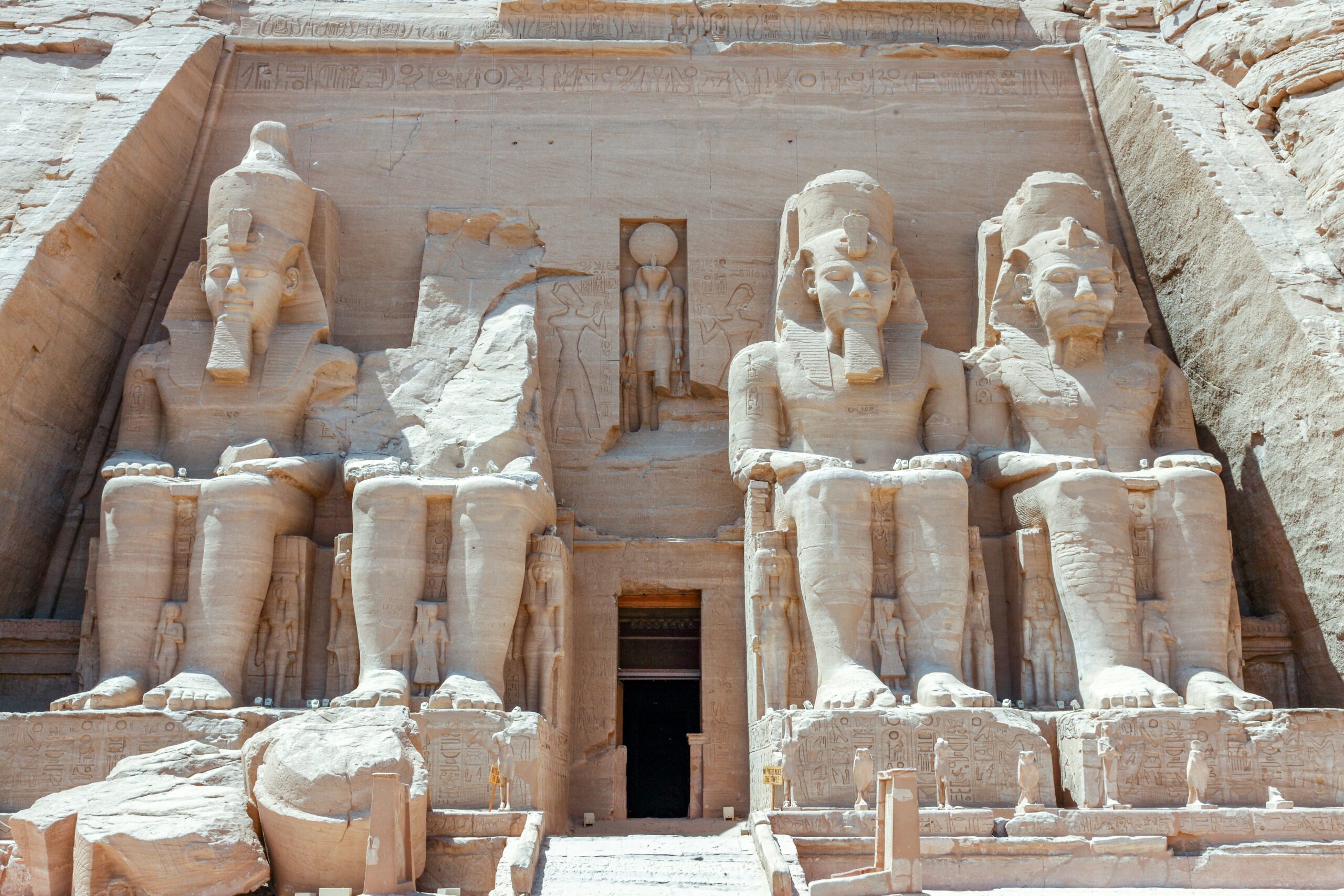When planning a trip to Egypt, understanding the optimal travel periods is crucial for a memorable experience. Determining the best time to visit Egypt can significantly impact your enjoyment, whether you’re exploring the ancient pyramids, cruising the Nile, or relaxing on the Red Sea coast. Egypt’s diverse climate and seasonal variations offer unique opportunities for travelers, making it essential to choose the right time to align with your interests and activities.

From the pleasant winter months to the intense summer heat, each season presents distinct advantages and challenges. Therefore, knowing the best time to visit Egypt ensures that you can plan your journey to take full advantage of favorable weather conditions, fewer crowds, and enjoyable local experiences. Whether you’re seeking ideal weather for sightseeing or favorable conditions for diving, understanding these seasonal nuances will enhance your travel adventure in this captivating country.
Best Time to Visit Egypt
When considering the best time to visit Egypt, it’s essential to align your travel plans with the weather conditions and tourist patterns. Egypt, known for its rich history and stunning landscapes, offers different experiences throughout the year. Understanding the optimal travel periods can help you make the most of your trip.
Optimal Travel Periods: October to April
The best time to visit Egypt is undoubtedly between October and April. During this period, daytime temperatures are comfortably warm, while evenings cool down, creating ideal conditions for exploration. Whether you’re wandering through Cairo’s bustling streets, marveling at the Pyramids of Giza, or venturing into the desert, the weather remains favorable. This timeframe provides a pleasant balance, avoiding the extremes of both summer’s heat and winter’s chill.

Shoulder Seasons: March to May and September
If you prefer fewer crowds and milder temperatures, consider visiting Egypt during the shoulder seasons. From March to May and September, you can enjoy relatively pleasant weather and fewer tourists at major sites. However, be mindful of the khamsin wind, especially in March. This hot, sandy wind can affect visibility and disrupt travel plans. Despite this, April often offers ideal conditions when the khamsin isn’t active. September, while still warm, benefits from cooling sea breezes, making it an excellent time to visit the Red Sea and escape the peak season crowds.
Summer Season: June to August
The summer months, June through August, bring intense heat to Egypt, with temperatures soaring up to 42°C (108°F). This period is less favorable for sightseeing due to the extreme temperatures, especially in inland areas like Luxor and Aswan. However, summer presents an opportunity for divers and those seeking lower accommodation prices. The warm, calm seas of the Red Sea make this an ideal time for diving and snorkeling. Additionally, domestic tourists flock to coastal areas, reducing the number of international visitors in historical sites.
Winter Season: October to February
Winter, from October to February, offers milder weather, making it the ideal season for outdoor activities and historical exploration. This period is popular among travelers escaping colder climates, though you may encounter rain, particularly in Cairo and Alexandria. Winter is also a peak time for tourism, with high demand leading to increased accommodation prices around Christmas and New Year. Despite this, the weather is generally favorable for sightseeing and Nile cruises.

Ramadan Considerations
Traveling during Ramadan, which varies annually according to the Islamic lunar calendar, requires special considerations. During this month, daily life in Egypt adjusts significantly. Restaurants and cafes may have reduced hours, and while non-Muslims are not required to fast, it’s respectful to avoid eating or drinking in public during daylight hours. Ramadan also provides a unique cultural experience, with vibrant celebrations such as Eid al-Fitr.
Summary
- Best Time for Sightseeing: October to April, for cooler weather and high tourist activity.
- Best Time for Diving: June to August, with calm sea conditions.
- Best Time for Avoiding Crowds: March to May and September, though watch out for potential sandstorms and heat.
| Travel Period | Weather Conditions | Advantages | Disadvantages | Ideal For |
|---|---|---|---|---|
| October to April | Daytime temperatures are warm and pleasant; cooler evenings. | Best weather for sightseeing and outdoor activities; fewer extreme weather conditions. | Higher tourist activity; peak accommodation prices around Christmas and New Year. | Exploring Cairo, Giza Pyramids, desert excursions, Nile cruises. |
| March to May | Generally mild; March may have khamsin winds affecting visibility. | Fewer crowds; pleasant temperatures for sightseeing. | Possible sandstorms in March; temperatures start to rise. | Exploring major sites, diving, Red Sea activities. |
| June to August | Extremely hot, especially inland; coastal areas have slightly cooler temperatures. | Lower accommodation prices; ideal for diving with calm sea conditions. | Intense heat; less comfortable for sightseeing; fewer international tourists. | Diving and snorkeling, coastal visits. |
| September | Warm temperatures with cooling sea breezes. | Lower prices than peak season; fewer tourists; comfortable weather for the Red Sea. | High temperatures; less comfortable for inland sightseeing. | Red Sea activities, avoiding school holiday crowds. |
| October to February | Mild and favorable for outdoor activities; potential rain in Cairo and Alexandria. | Good weather for sightseeing and outdoor adventures; pleasant temperatures. | Rain in some areas; higher accommodation prices around holidays. | Outdoor activities, exploring ancient sites, Nile cruises. |
| Ramadan | Varies annually; reduced business hours; non-Muslims are not required to fast but should be respectful. | Unique cultural experience; vibrant celebrations like Eid al-Fitr. | Shorter hours for restaurants and cafes; need to be discreet about eating and drinking in public. | Experiencing cultural events, Eid al-Fitr celebrations. |
choosing the best time to visit Egypt is key to experiencing all that this extraordinary destination has to offer. Whether you’re drawn to the cooler, more comfortable temperatures of the winter months or the unique opportunities presented by the summer season, understanding the seasonal variations will help you plan your trip more effectively. The best time to visit Egypt depends on your preferences for weather, crowd levels, and activities, from exploring ancient ruins to enjoying a tranquil Nile cruise.
By aligning your travel plans with the optimal times of the year, you can enhance your experience and fully immerse yourself in Egypt’s rich cultural heritage and stunning landscapes. Whether you seek the vibrant atmosphere of peak season or the serene conditions of the shoulder months, knowing when to visit will ensure a rewarding and enjoyable adventure in this historic and captivating land.
4o mini

